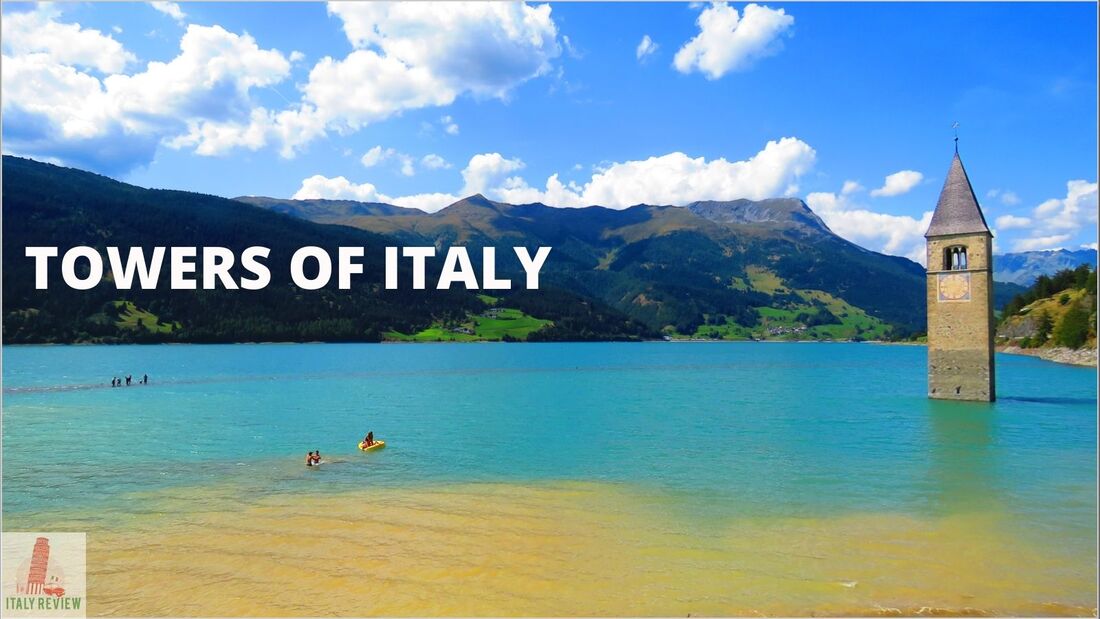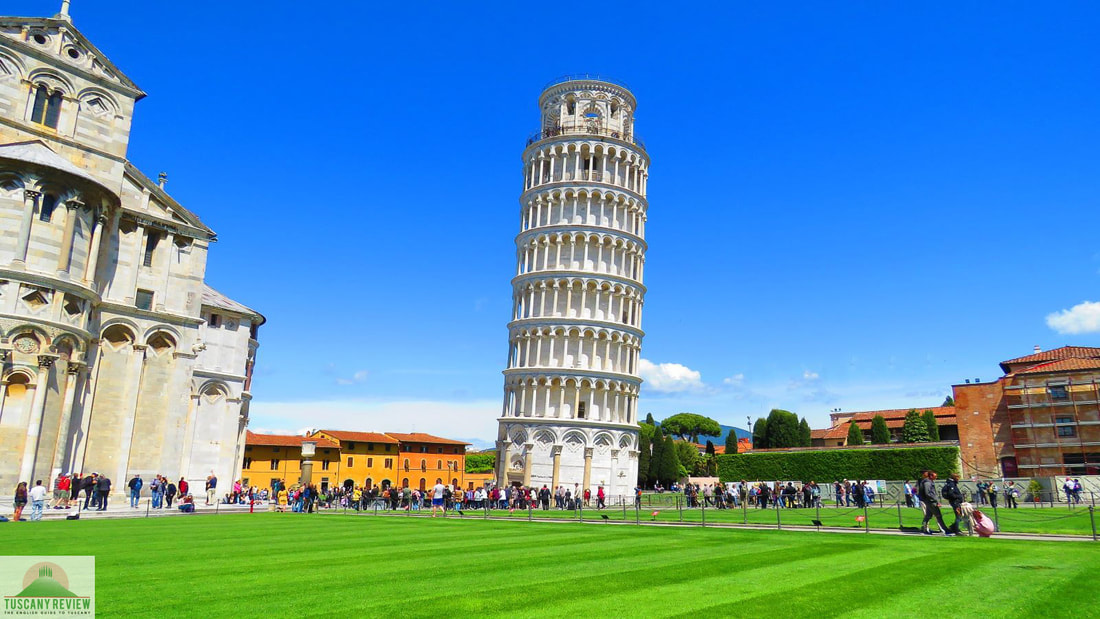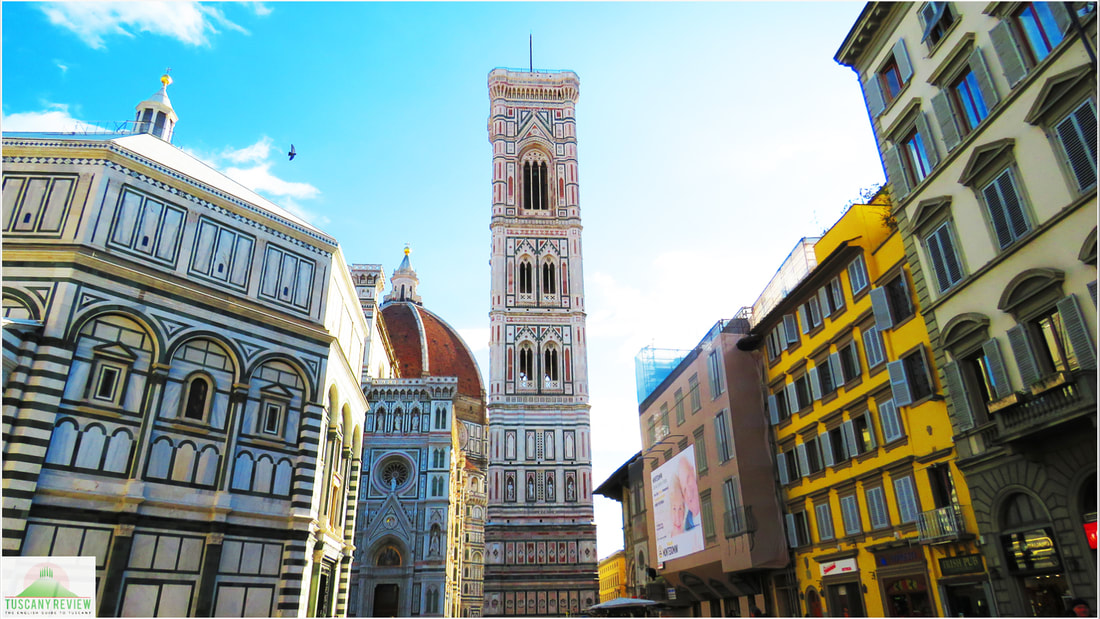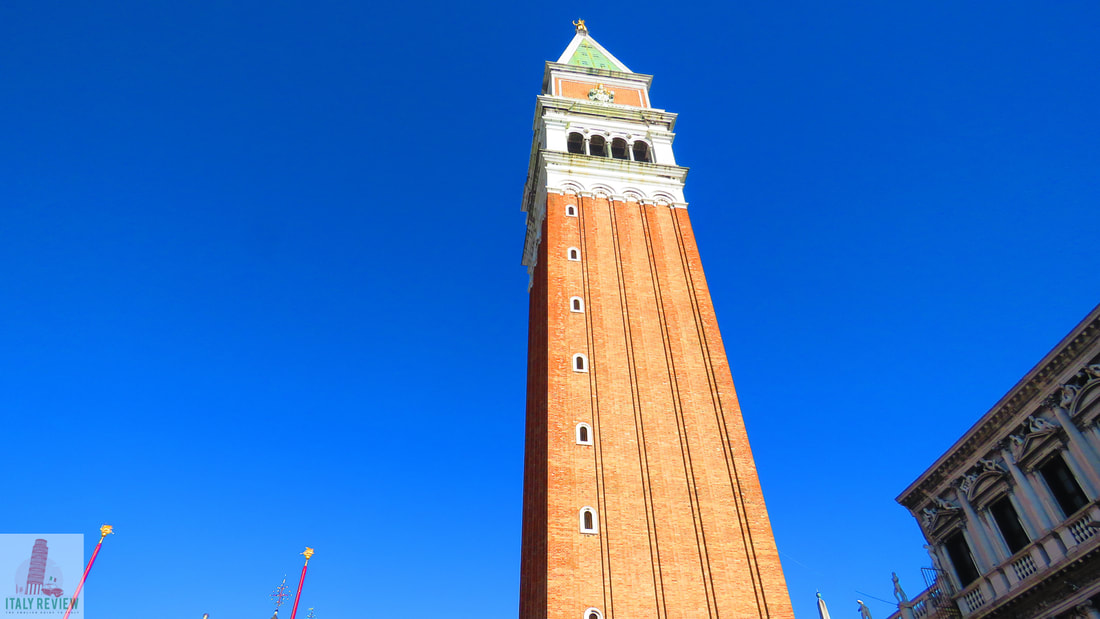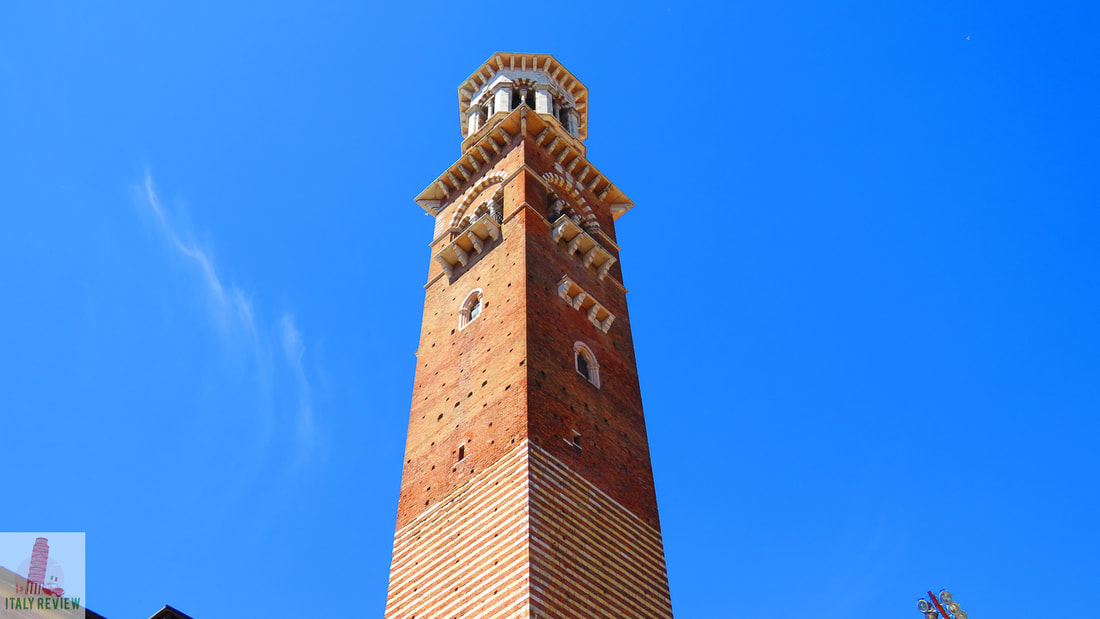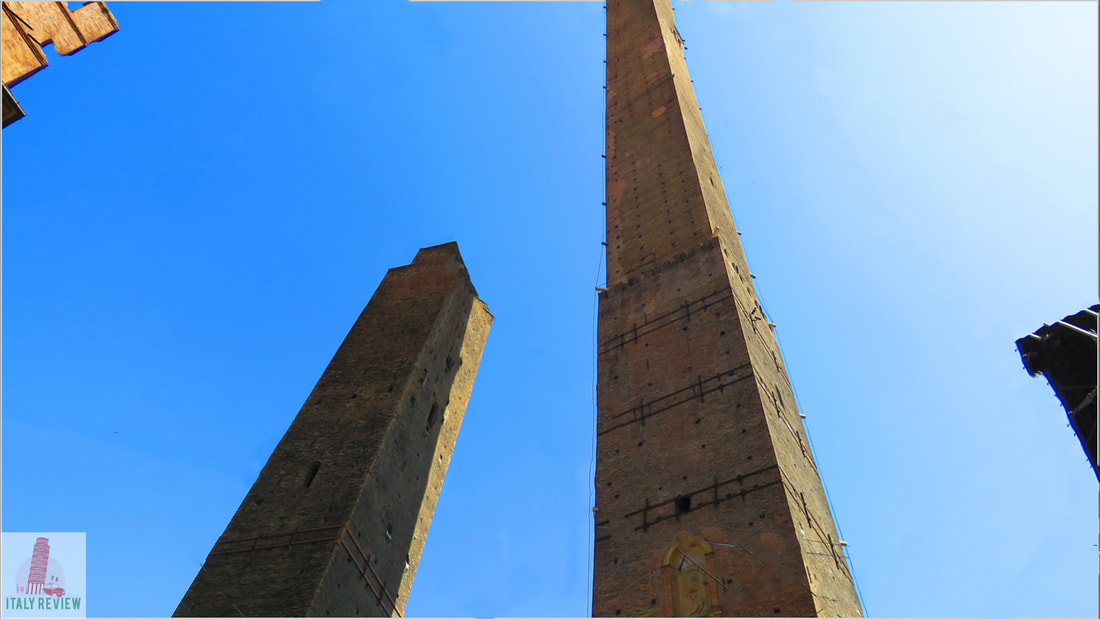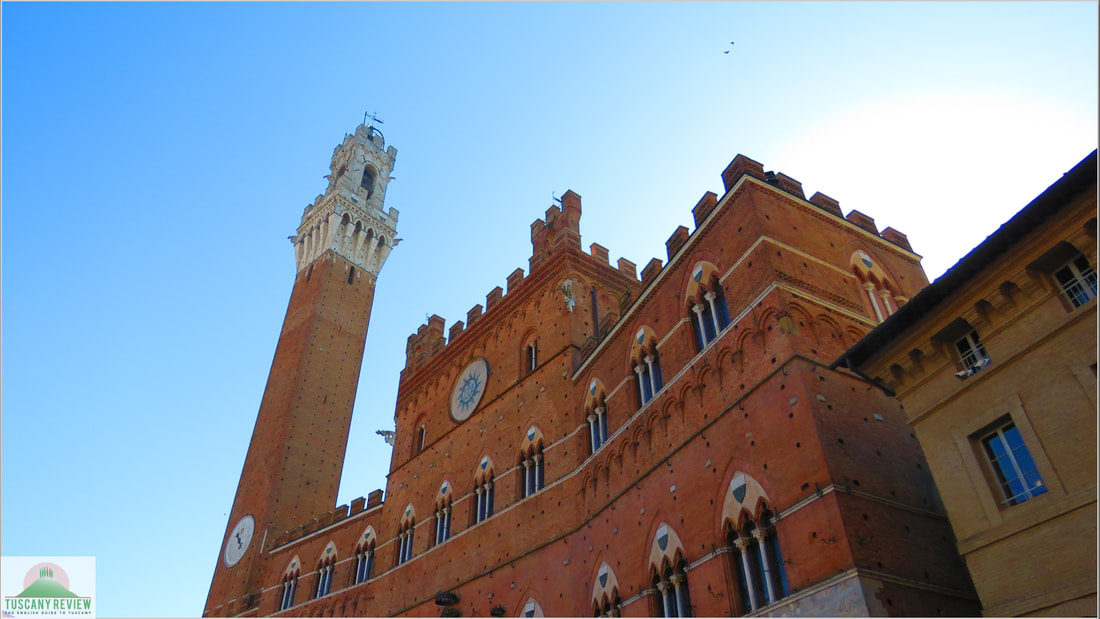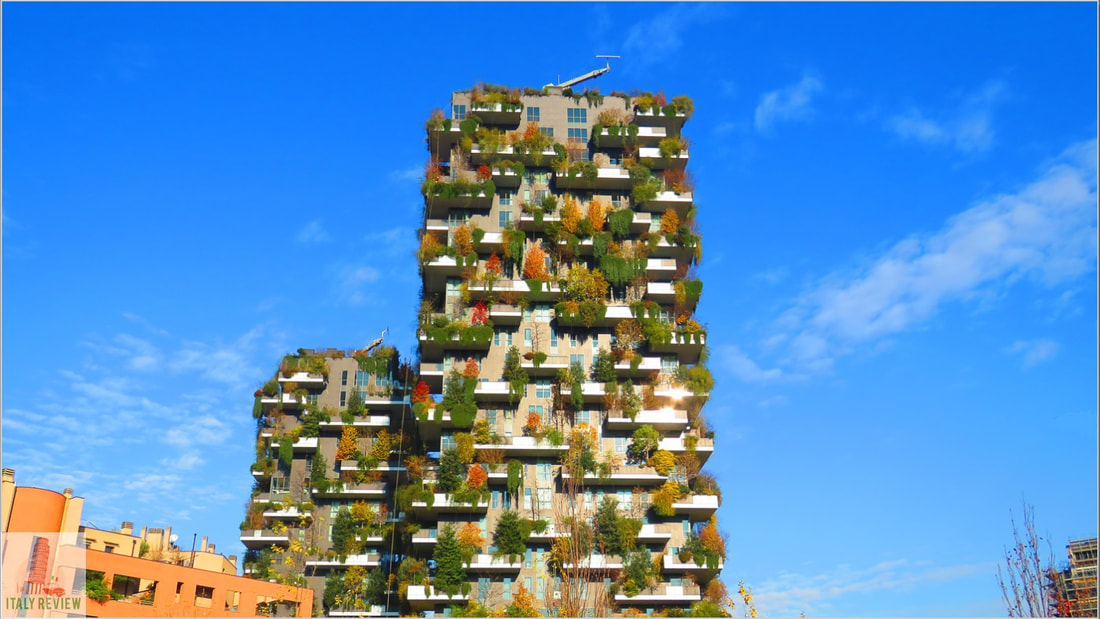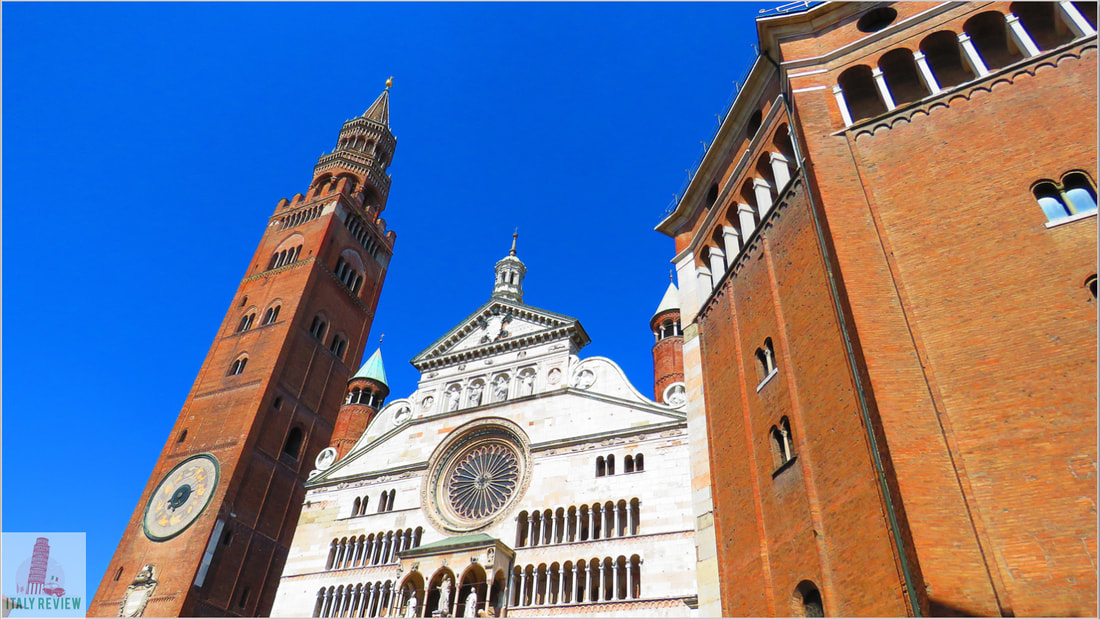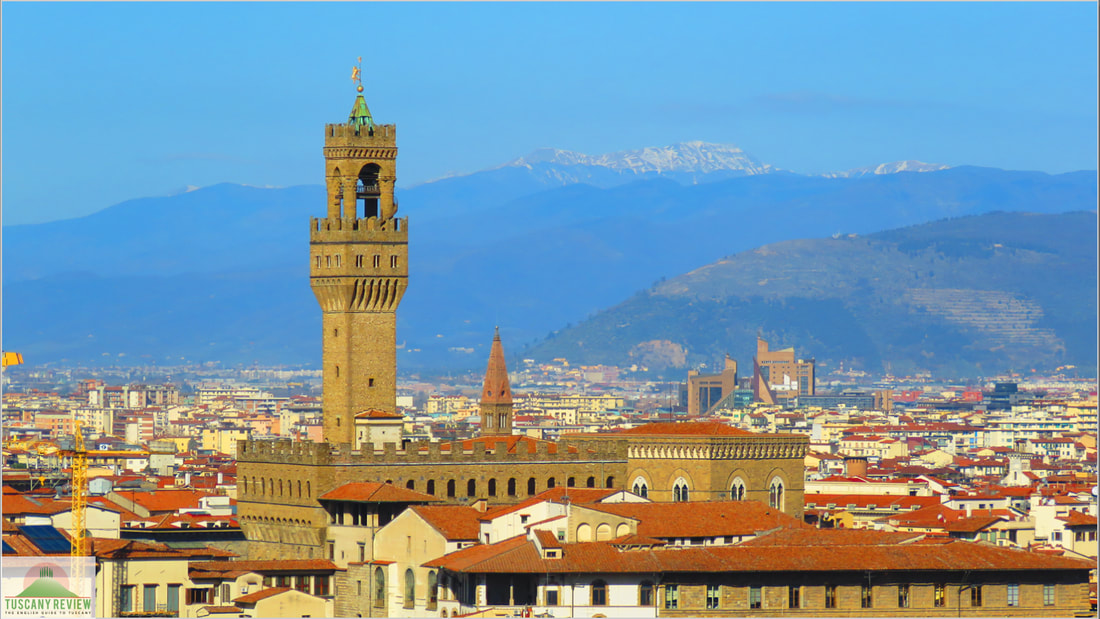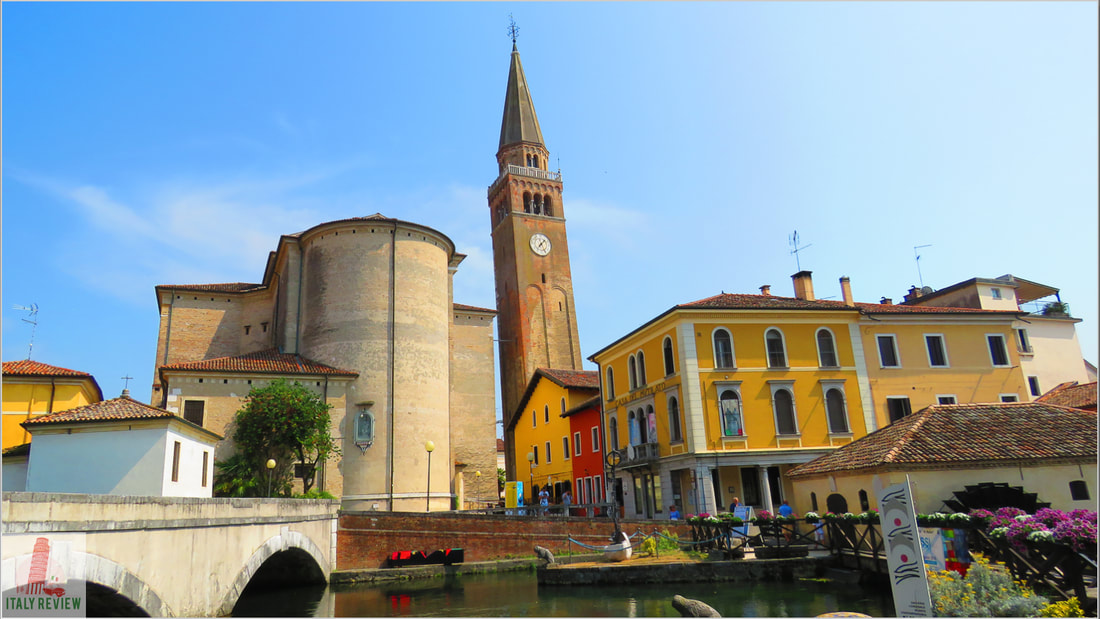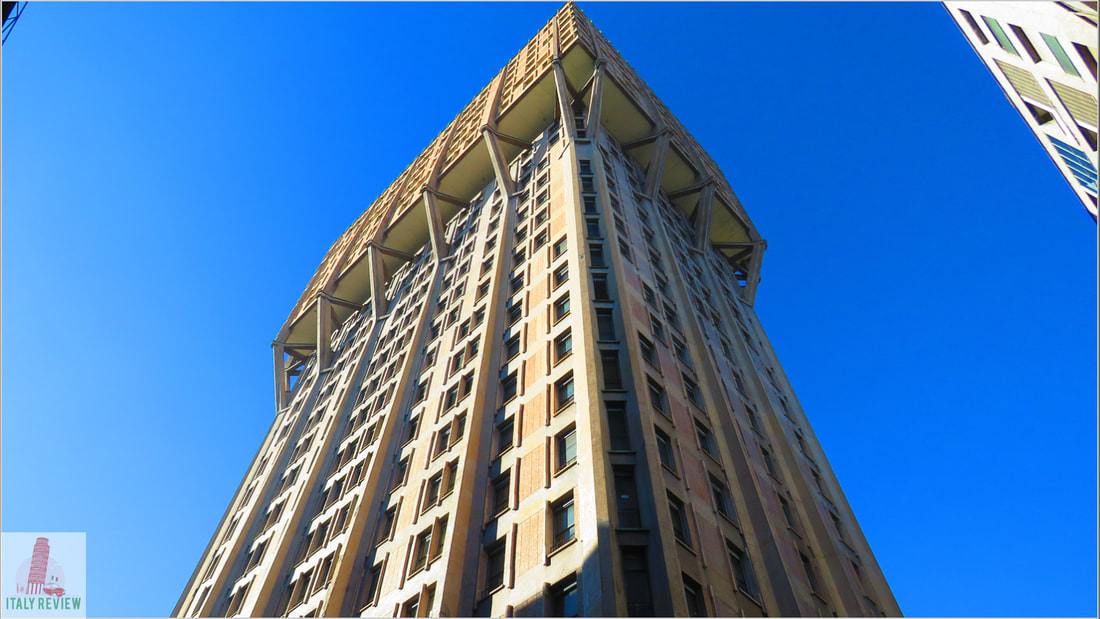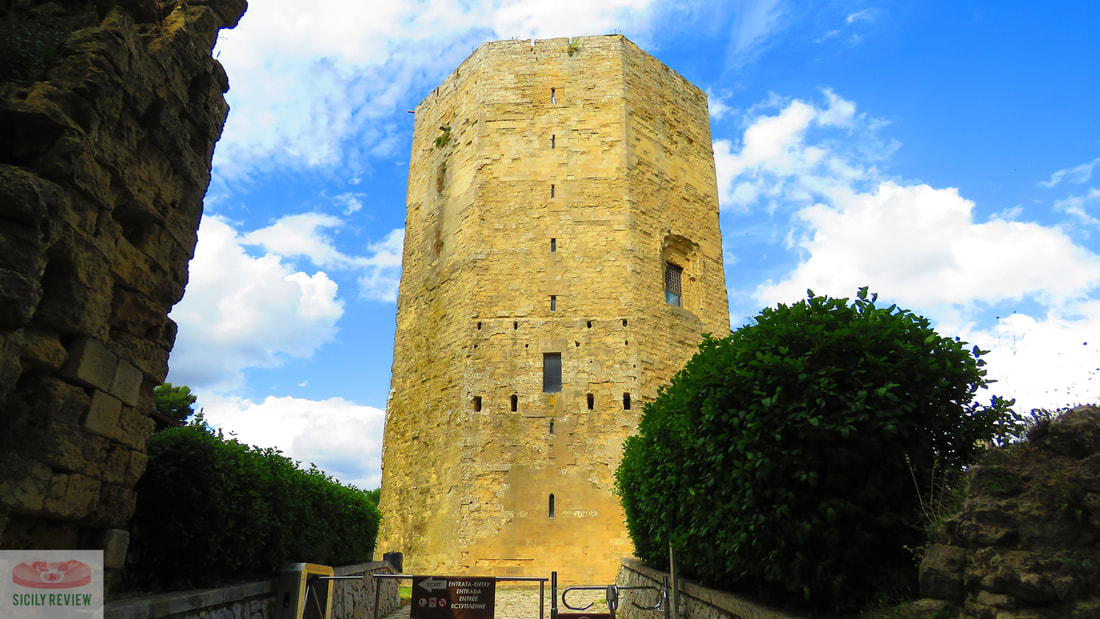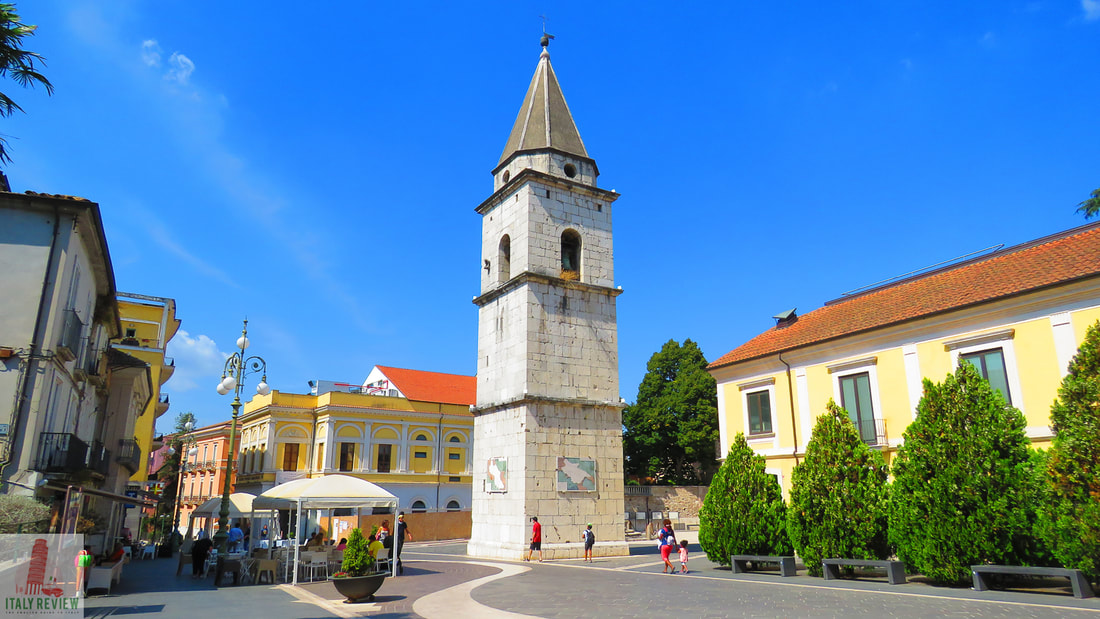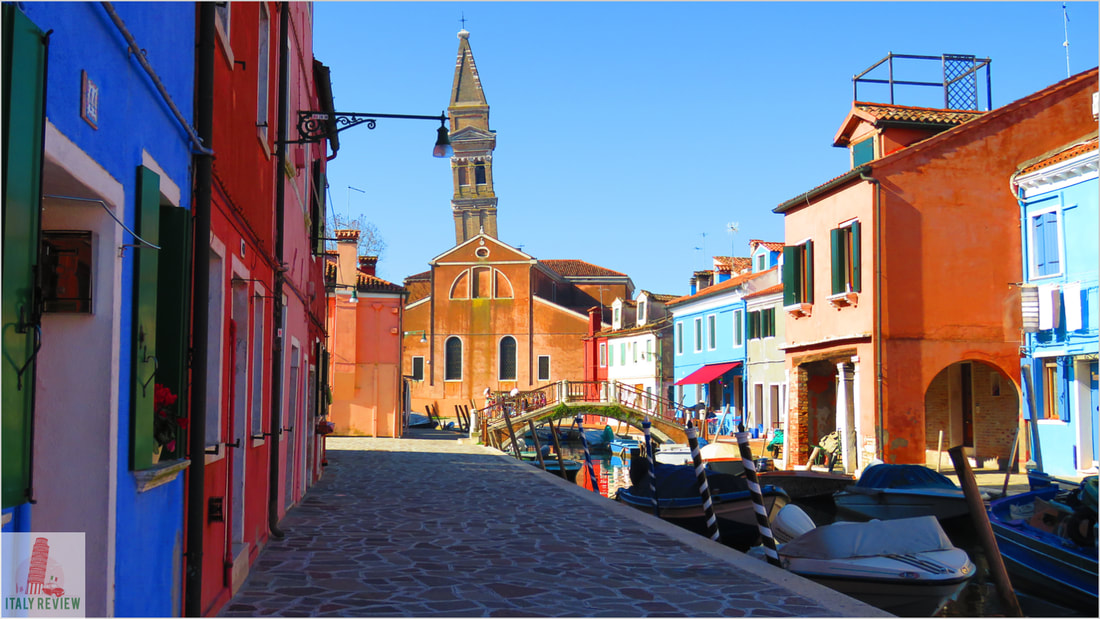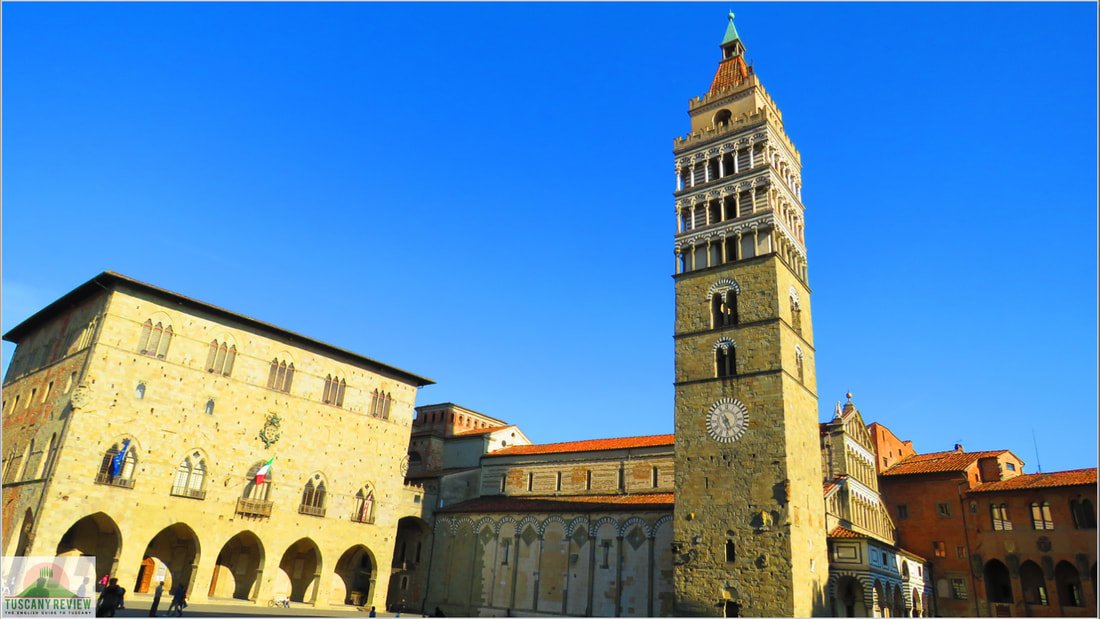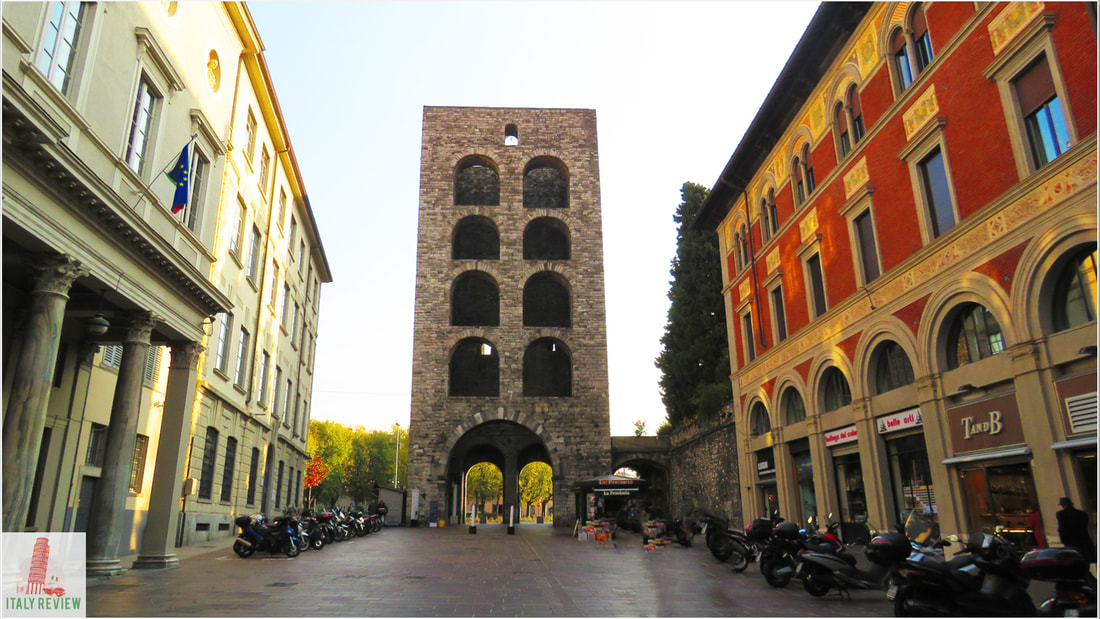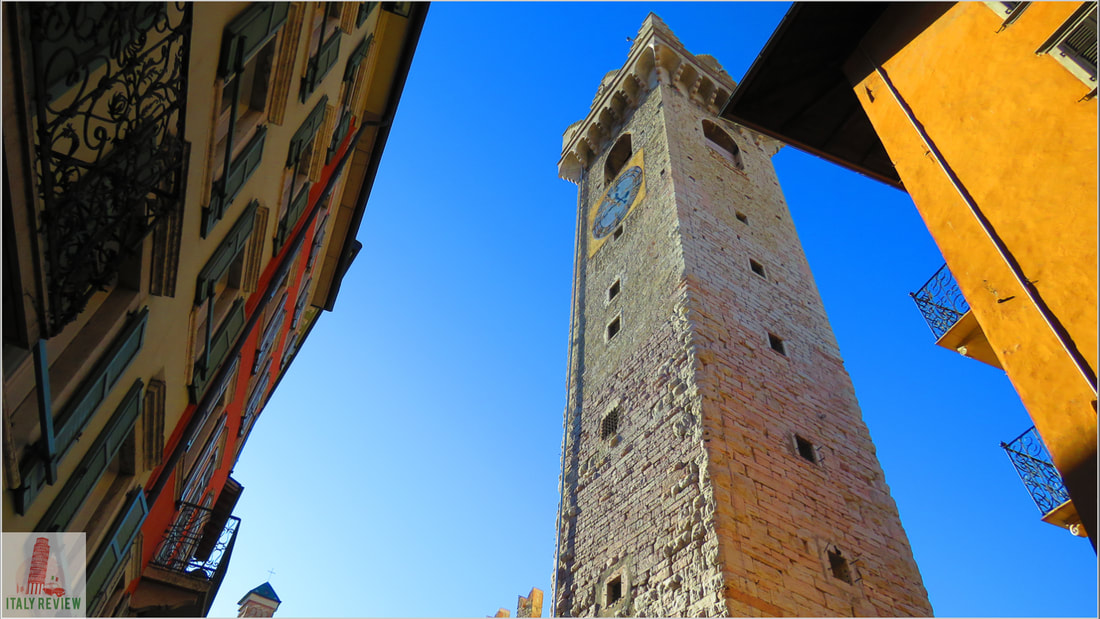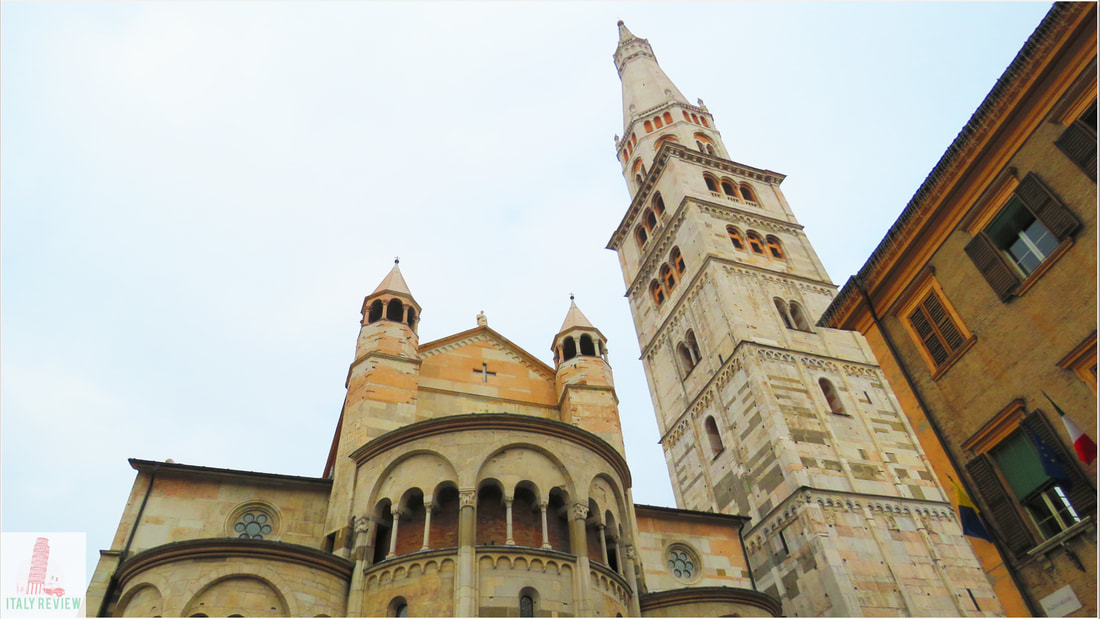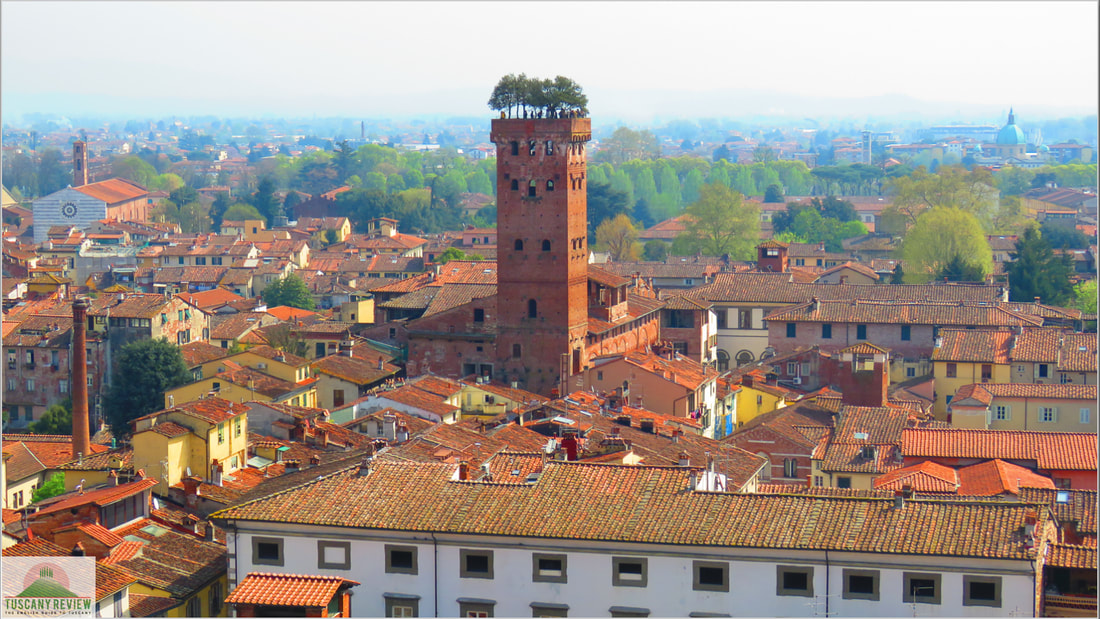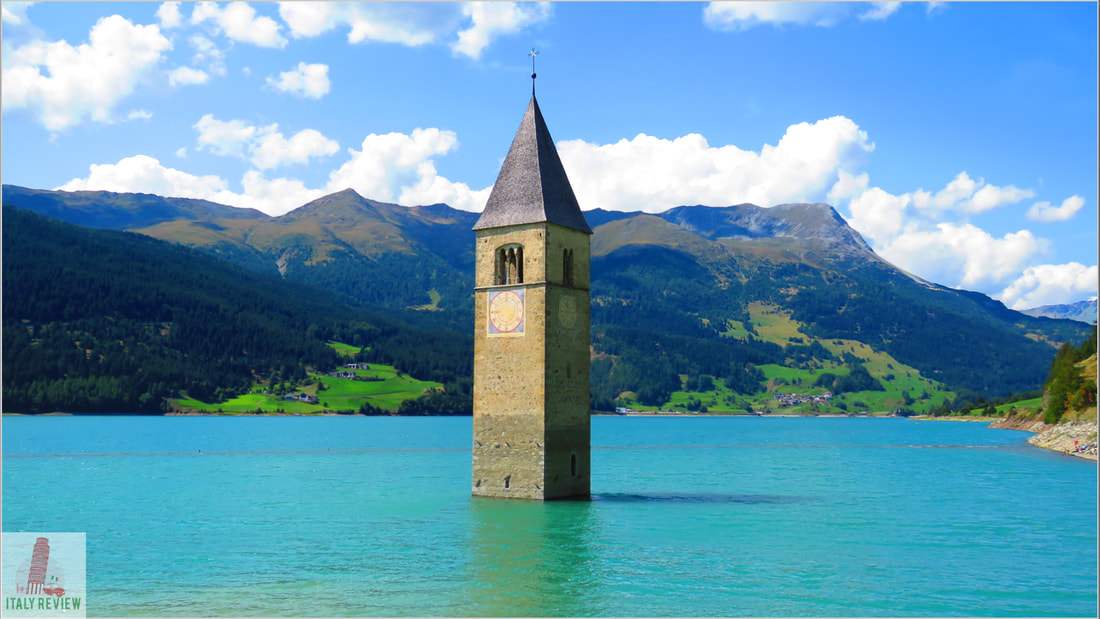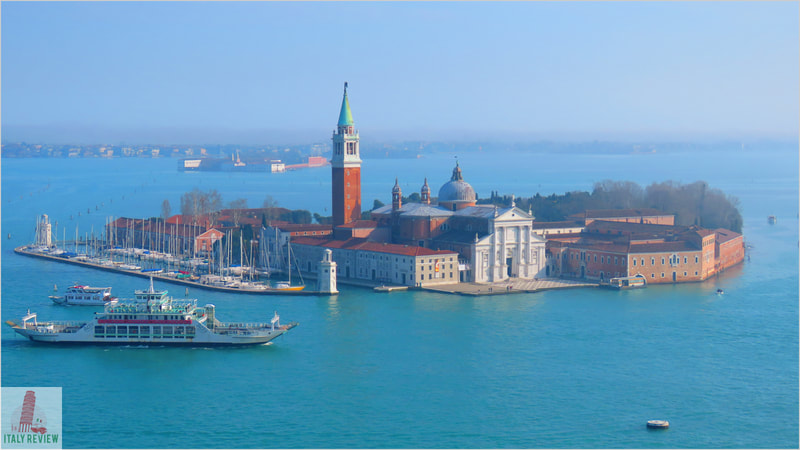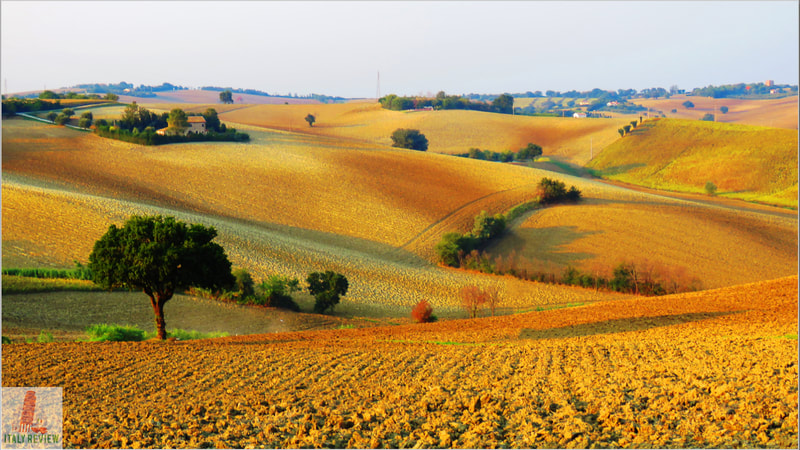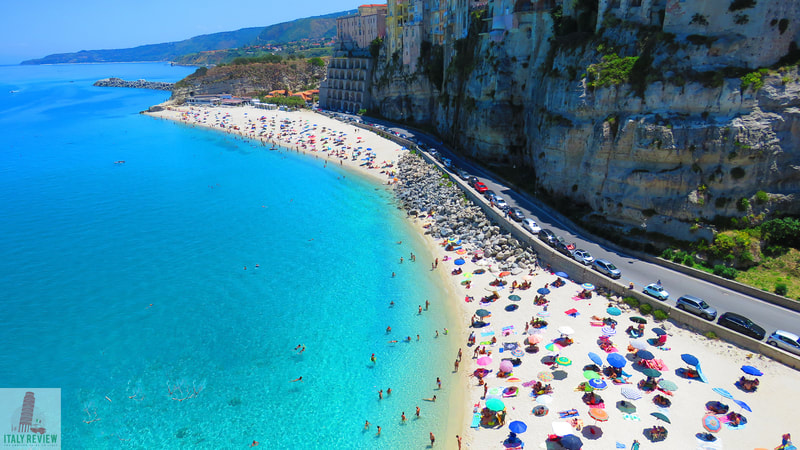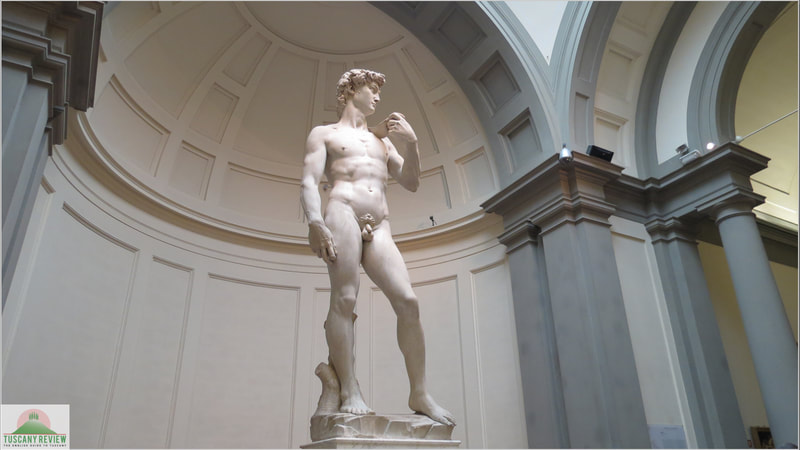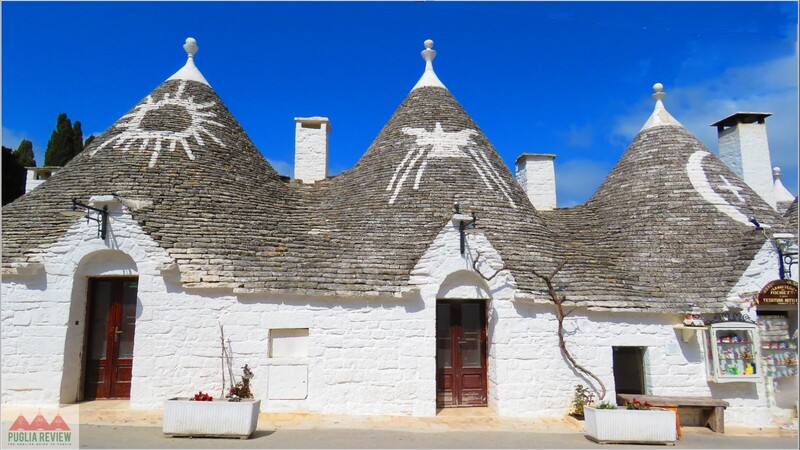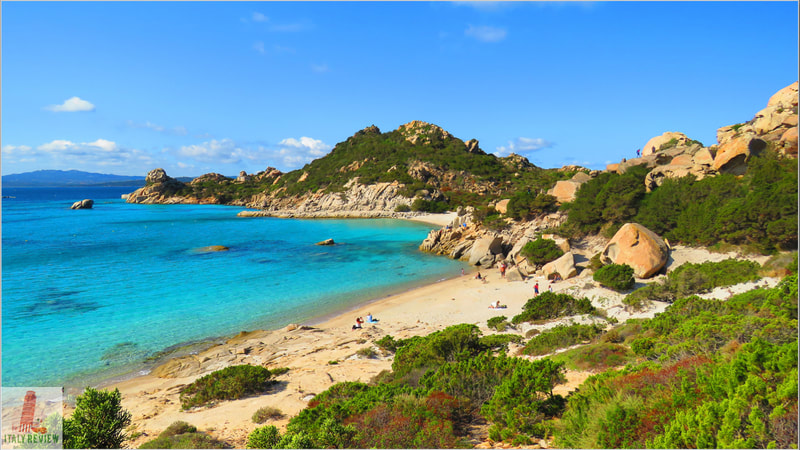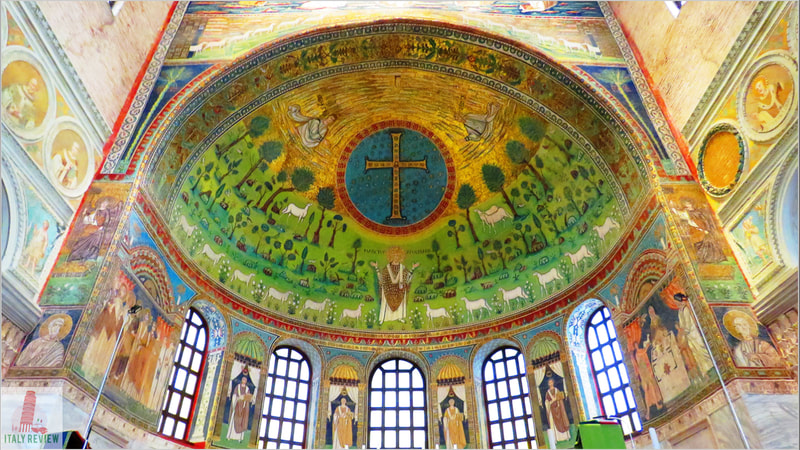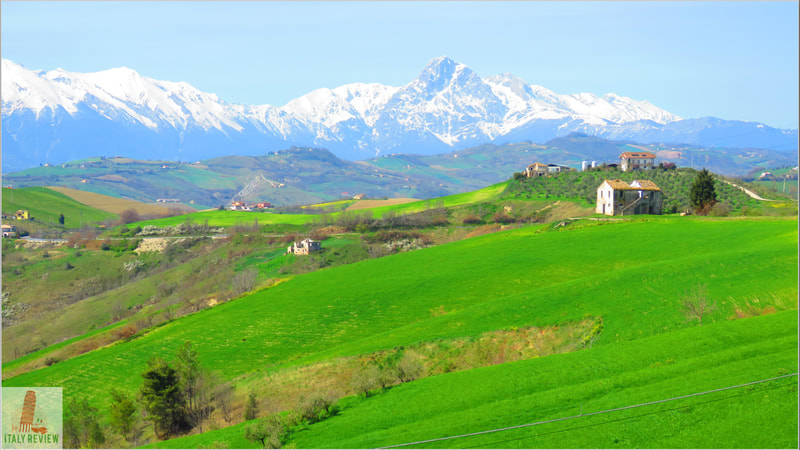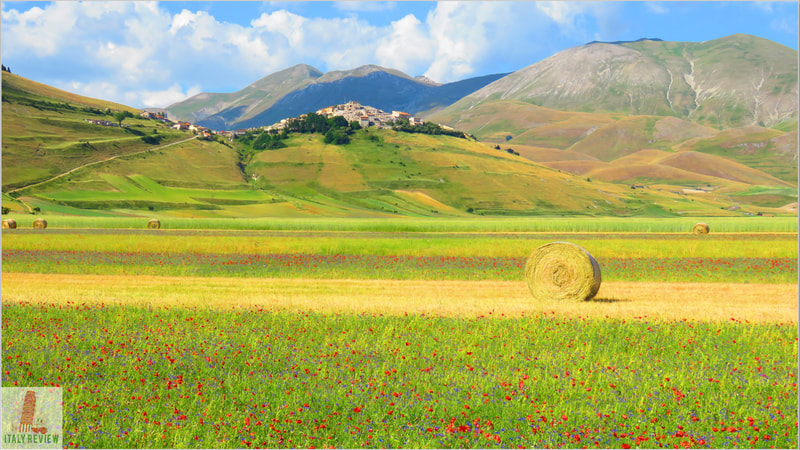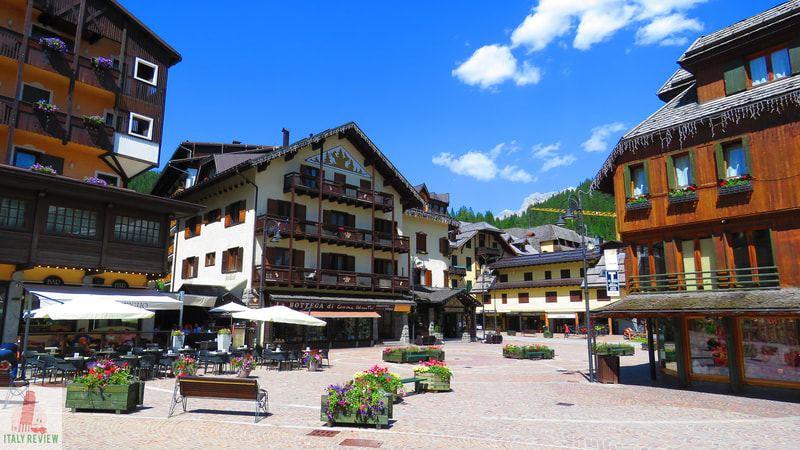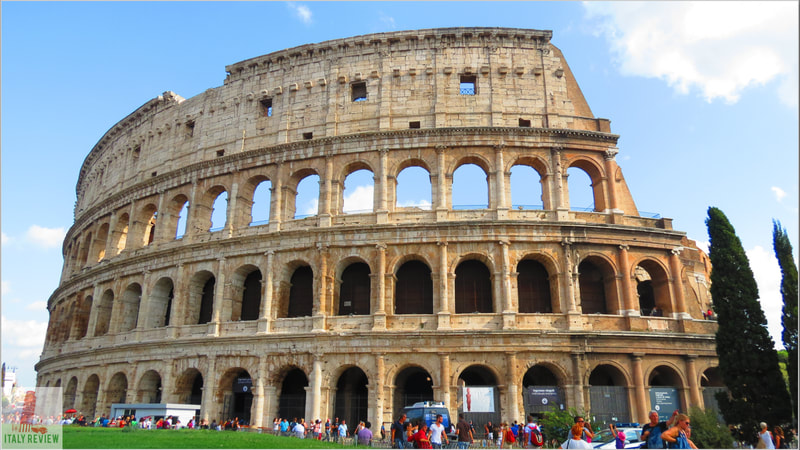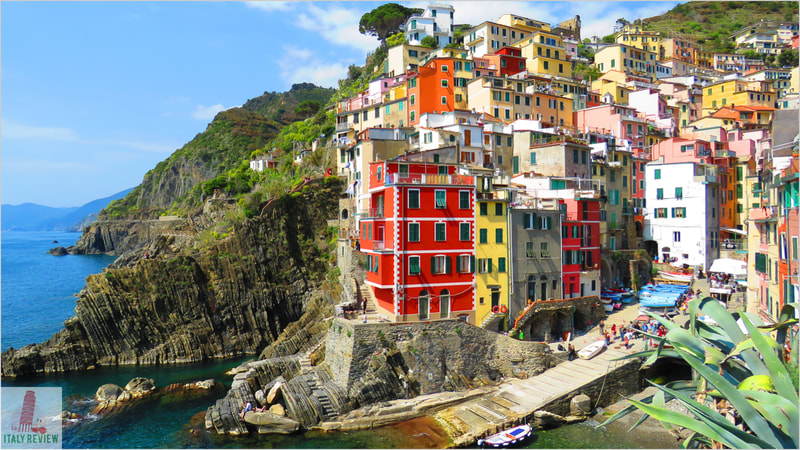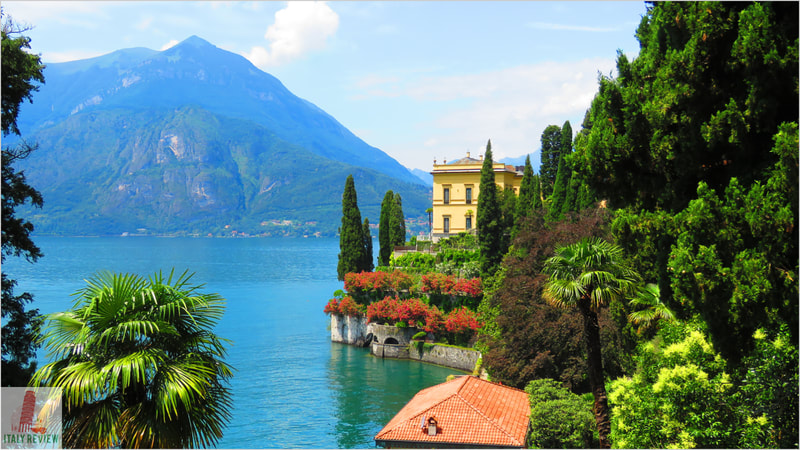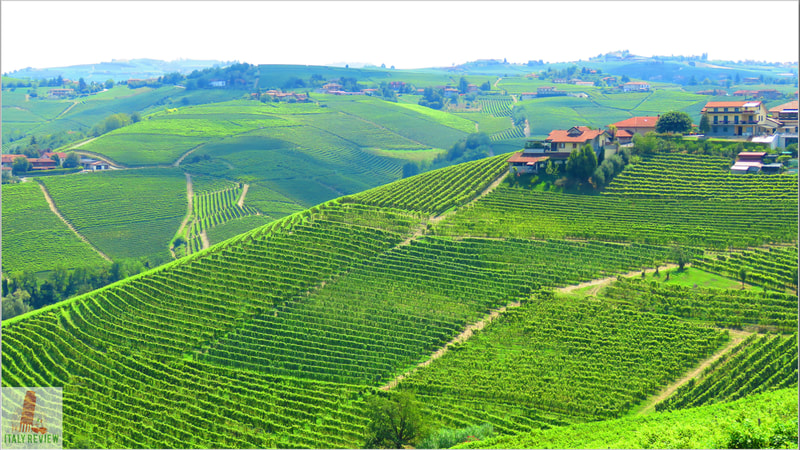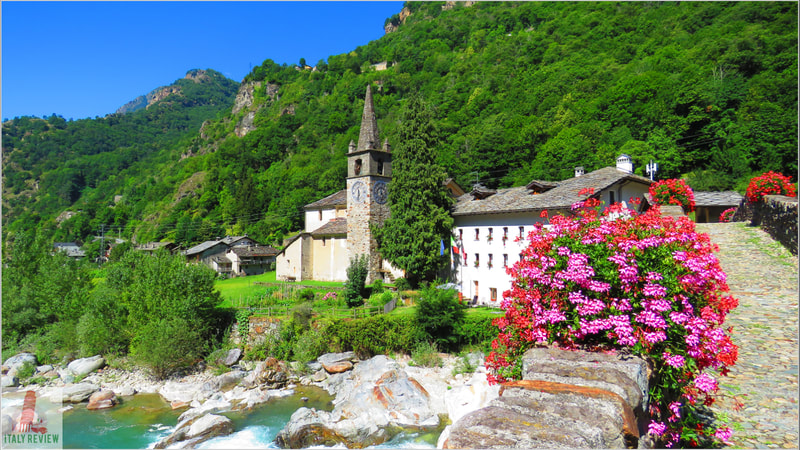Towers of Italy
|
By Dion Protani
|
Latest update: 21 January 2024
|
|
The following towers of Italy are some of the most famous, quirky and interesting that the country has to offer. From this list of 20 we have several that lean, including of course the undisputed king of lean, the Leaning Tower of Pisa.
Leaningness is just one quality that can see any aspiring tower make this list and others such as the Two Towers of Bologna, the Leaning Tower of Portogruaro and the Leaning Tower of Burano do just that and to an alarming degree. Other towers detailed here are magnificent examples of historic engineering such as Giotto's Bell Tower in Florence which provides some of the best views of the city whilst maintaining aesthetic harmony with the Cathedral. |
Related links
Similar accolades can be laid at the feet of Saint Mark's Bell Tower in Venice, the Torre dei Lamberti in Verona and the soaring Torrazzo of Cremona. Aside from those that lean, there's no shortage of quirk when it comes to Italian towers; below you'll find a bell tower that sticks out from the centre of a lake (the Curon Bell Tower), another one that has oak trees growing from the top of it (the Torre Guinigi in Lucca) and another one where you'll find a bucket that started a war.
The last of those is the Torre Ghirlandina in Modena where the very bucket that started the beautifully-named War of the Buckets is displayed in its own room which does of course have a bucket-related name, the Sala della Secchia. I wish I had the imagination to make these things up but they are actually true!
The last of those is the Torre Ghirlandina in Modena where the very bucket that started the beautifully-named War of the Buckets is displayed in its own room which does of course have a bucket-related name, the Sala della Secchia. I wish I had the imagination to make these things up but they are actually true!

